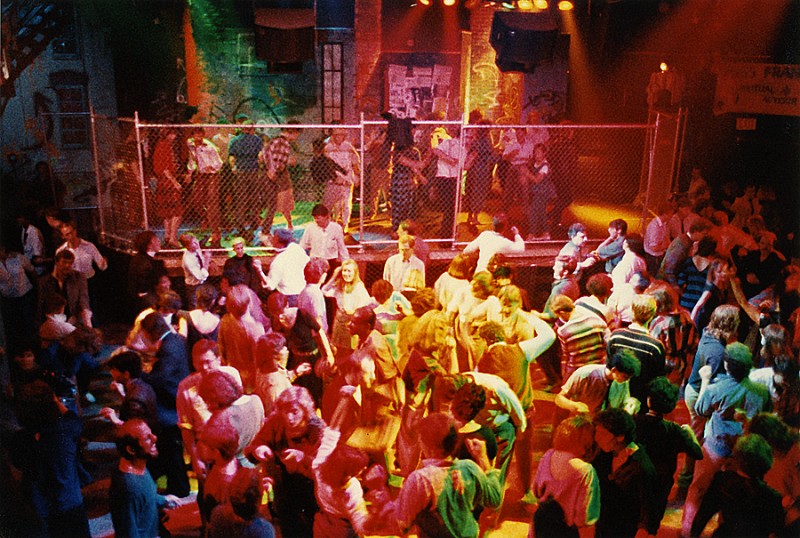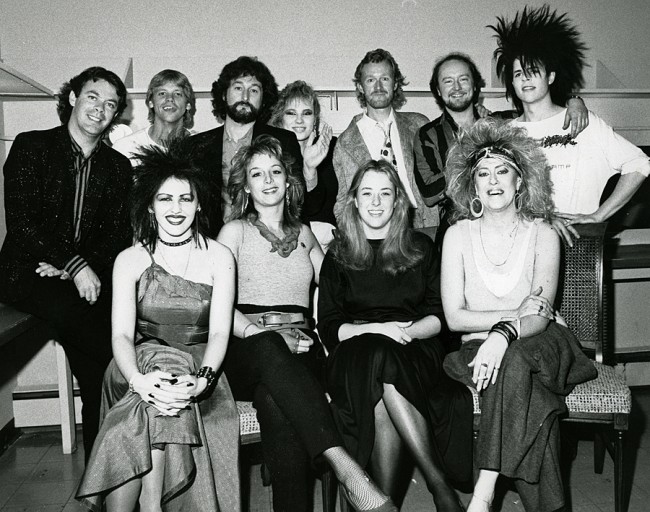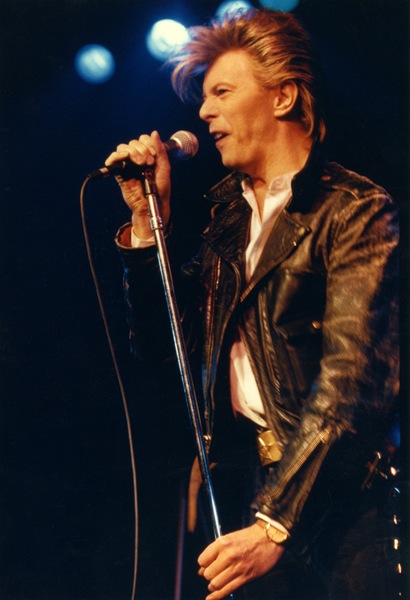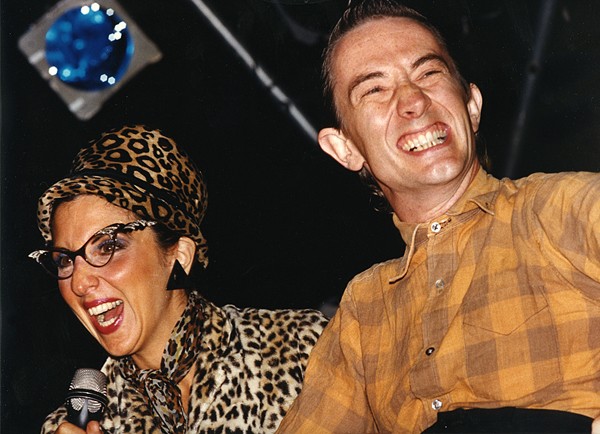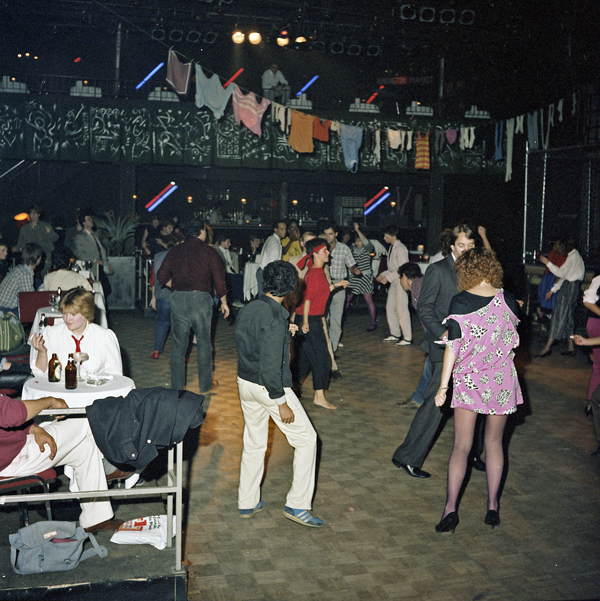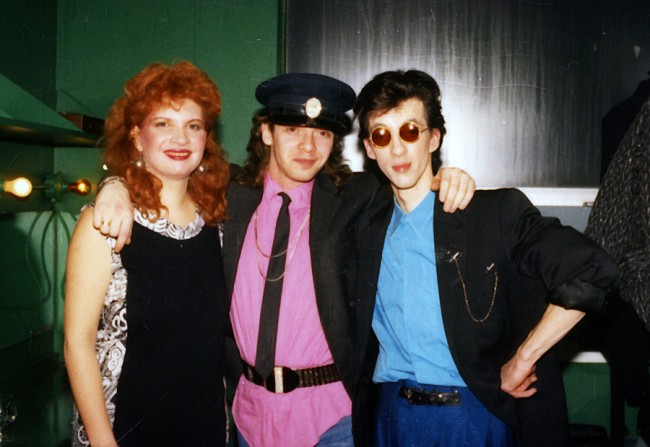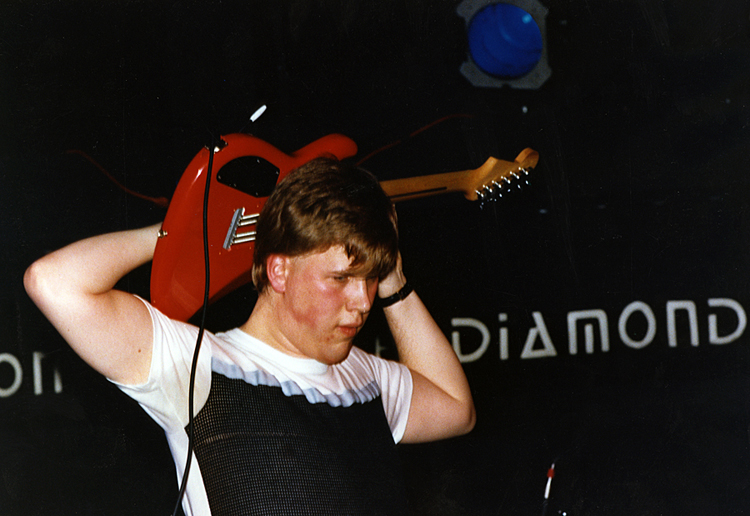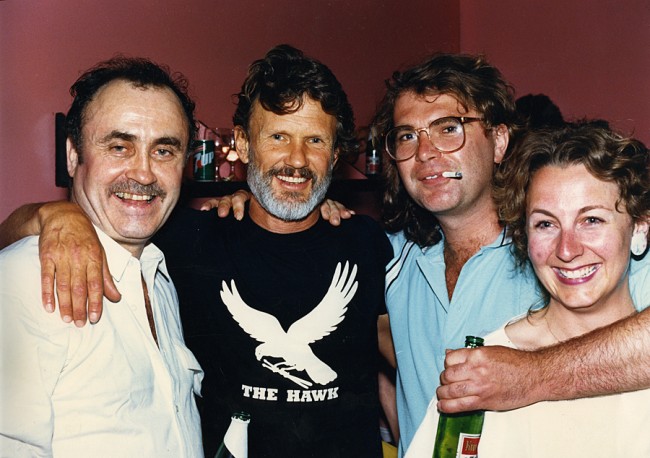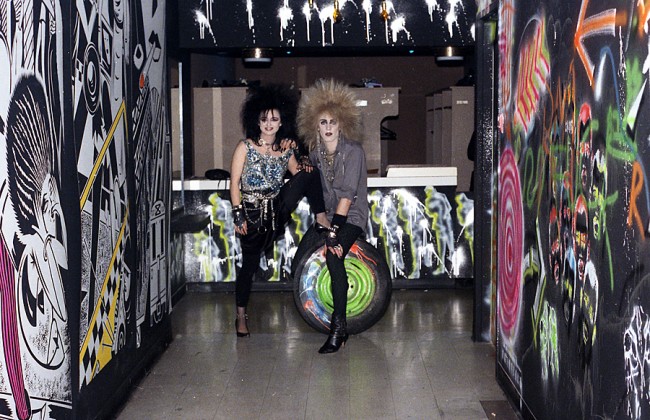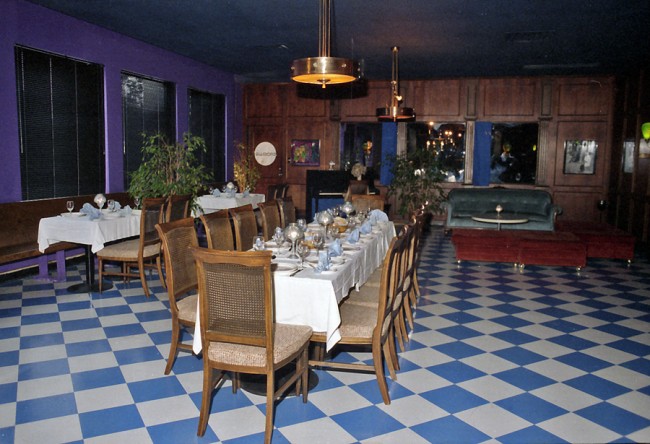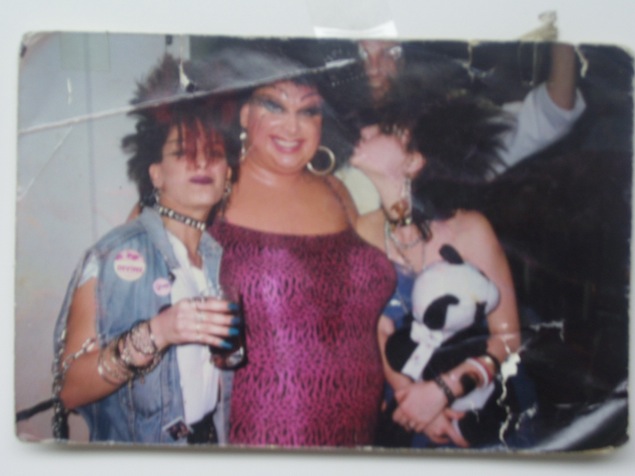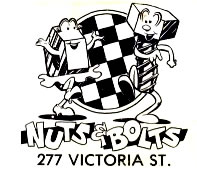The Diamond Club dancefloor. This and all photos in gallery by Gokche Erkan. All rights reserved.
Article originally published September 12. 2012 by The Grid online (thegridto.com).
We revisit the crown jewel of late-‘80s Toronto nightlife, where everyone from house enthusiasts to members of Pink Floyd felt right at home.
BY: DENISE BENSON
Club: The Diamond Club, 410 Sherbourne St.
Years in operation: 1984-1991
History: While Torontonians have known 410 Sherbourne as a dance club and concert venue for almost three decades, the building was once home to music and theatrics of a different sort. Starting in the 1950s, the German-Canadian Club Harmonie offered everything from community gatherings to oom-pah bands to ballroom dancing at the address.
In the early 1980s, New Yorker Pat Kenny entered the picture. At the time, Kenny owned or co-owned three Manhattan clubs: Greenwich Village rock spots The Bitter End and Kenny’s Castaways (now run by his son), and larger dance club and concert venue The Cat Club.
“Pat was called ‘The Bard of Bleeker Street’ because he was a larger-than-life character, and extremely well known in New York,” says Toronto club and music-industry veteran Randy Charlton, who worked for Kenny. “He helped break the careers of a lot of struggling young artists in the 1960s into the ’70s, like Dylan, Bruce Springsteen, and Mark Knopfler before Dire Straits was well known.”
Though based in New York, Kenny took an interest in Toronto. Friends involved in The Village Gate nightclub and dinner theatre wanted to open an offshoot location here; Kenny opened it at 410 Sherbourne, with Club Harmonie still holding court in a small space within the building. After a few unsuccessful productions, the dinner theatre folded, and Kenny rented the entire building to open a nightclub.

